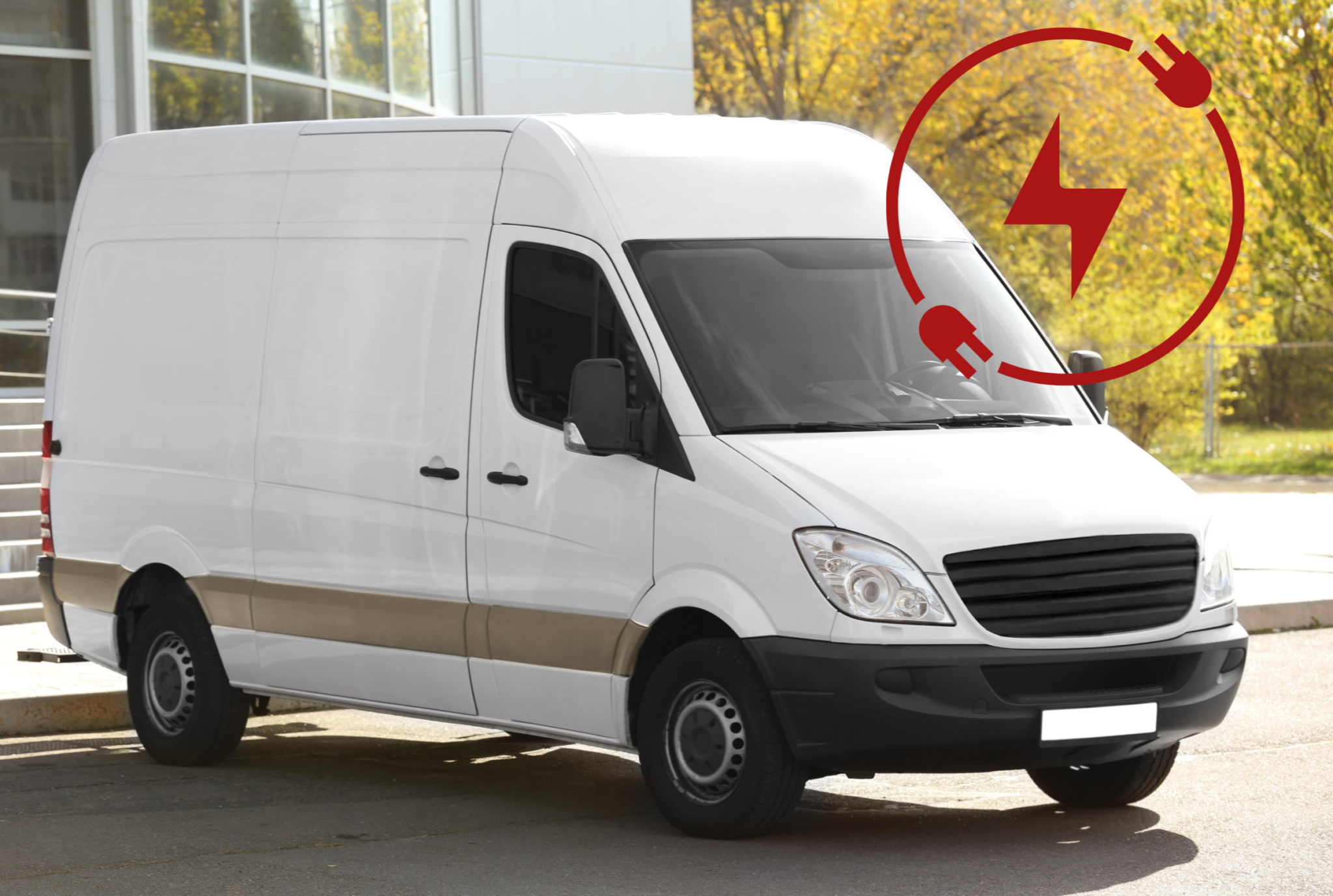
How to Prepare Your Fleet for Electric Vehicle Integration
Adopting EVs is more than a sustainability move—it’s a strategy for reducing costs, improving uptime, and future-proofing your operations. But the shift comes with new challenges: charging, maintenance, and smarter telematics.
Here’s how to prepare:
1. Assess Fleet Readiness
- Route Analysis: Use telematics to find vehicles with predictable routes best suited for early EV adoption.
- Vehicle Utilization: Replace vehicles in stages, starting with those best aligned to EV range and payload.
- Utility Coordination: Contact utilities early to understand power availability and avoid peak demand surprises.
2. Build a Charging Ecosystem
- Depot Charging: Plan for Level 2 overnight charging and Level 3 for quick turnarounds—lay out chargers for efficiency.
- Field Charging: Explore public charger partnerships or mobile options.
- Smart Charging: Use telematics to schedule charging, monitor energy use, and avoid demand fees.
3. Modernize Maintenance Routines
- EV-Focused Monitoring: Watch battery health, high-voltage components, and software updates.
- Predictive Maintenance: Use telematics to flag anomalies before breakdowns occur.
- Team Training: Upskill drivers and technicians with EV-specific safety and service training.
4. Maximize Telematics
- Battery & Charging Insights: Track charge events, range, and temperature in real-time.
- Route Optimization: Use current battery data to prevent range surprises.
- Driver Coaching: Pair AI video data with telematics to reduce inefficient driving and extend range.
5. Train and Empower Staff
- Driver Orientation: Teach regenerative braking, eco-modes, and smart charging habits.
- Emergency Procedures: Create clear steps for charger faults or system alerts.
- Policies: Establish EV usage guidelines and reporting protocols.
6. Manage Costs and Showcase Impact
- Track ROI: Use data to see where EVs save money—or where combustion still makes sense.
- Apply for Incentives: Stay up to date on local rebates for vehicles and infrastructure.
- Showcase Wins: Use telematics to highlight CO₂ reduction, savings, and safety gains.
7. Secure and Comply
- Protect Charging Access: Use RFID or app-based tools to control station use.
- Safeguard Data: Ensure driver and charging data complies with privacy laws.
- Enable Audits: Maintain digital logs for all EV activity.
8. Stay Agile
- Review Regularly: Revisit your EV processes at least twice a year.
- Engage with Experts: Stay connected to evolving best practices via peers and partners like TrackCam.
The Bottom Line
Switching to EVs isn’t a flip of a switch—it’s a process. But with strong planning, smart telematics, and AI-powered visibility, you can lead your fleet into the electric future confidently and efficiently.
Want a real-world look at how video telematics and GPS tracking can simplify your EV rollout? Contact TrackCam for a personalized demo today.
